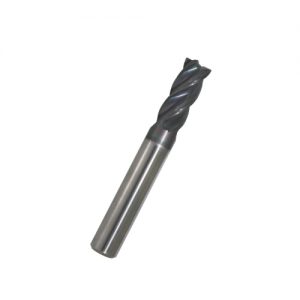In fact, DPA customers often complain that the supplier training course pays more attention to the features and benefits of the product than the actual processing training.
“The DPA decided to change the format and use 100% of the time for technical training,” says Mr Bitner, he said, adding that provide training in the redesign of the seminar can be applied to any manufacturers use any solid or indexable milling cutter. According to a recent article by Mr Bitner, the topics covered by these seminars now include: selecting speed and content from the supplier literature; Using speed and feed formula; Climbing and conventional milling; Reach the consideration of distant milling; Select the style of the tool holder; Tools for air and coolant; Large pitch and small module tools; The score and geometry of the insertion; Soft and hard milling technology; Chip refinement (axial and radial); Chip forming and tool pressure based on cutting geometry;
Path selection; And troubleshooting, including wear and fault characteristics.
Mr Bitner said: “the project was designed to allow anyone involved in the milling process to program through the installer.” “Our competition has very few on-site personnel who can provide on-site training, and they can teach end users how to get the most out of the new tool technology.” More often, the manufacturer’s sales engineer can skillfully conduct a test to get him to sell, but he’s not smart enough to take the time to get customers to fully understand the product. This has led to a lot of trial and error, and it’s obvious that what they can do and can’t use cutting tools in the customer segment is obviously expensive and frustrating.
The shoulder tools can’t dive; On the contrary, the use of a 2 ° slope Angle for large diameter. Larger slope angles may be cut with partial width.
